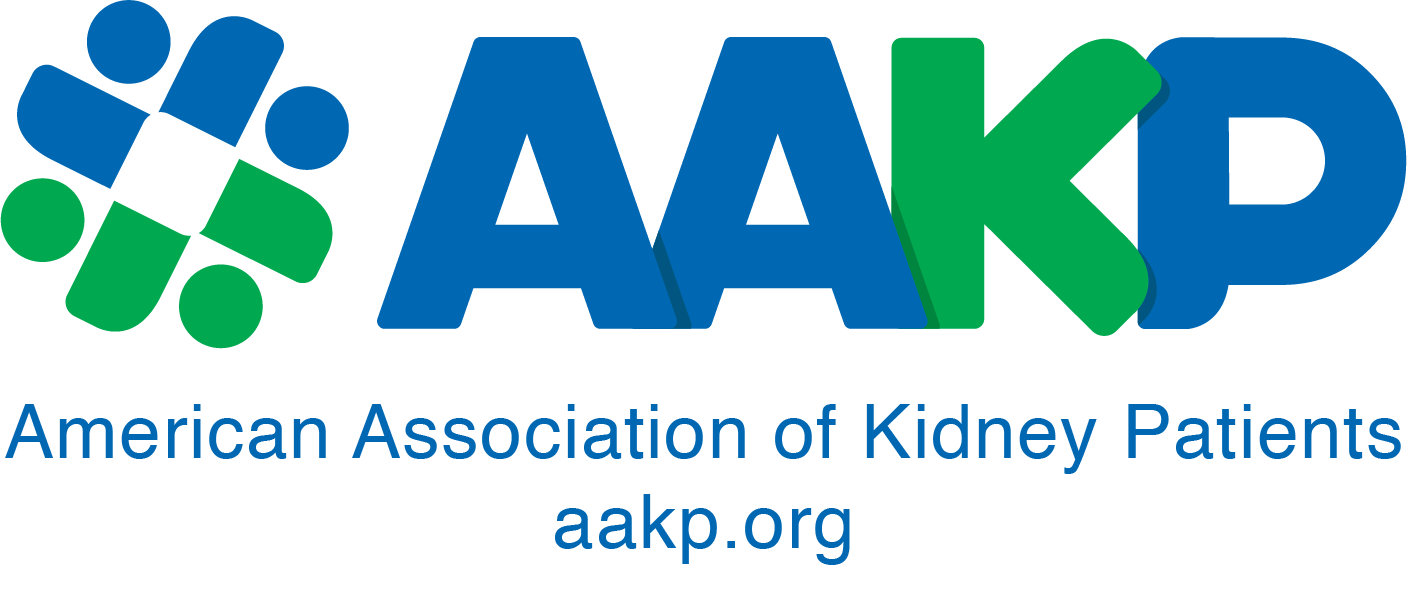A Patient’s Experience with Medication-Related High Potassium
AAKP Board Member and Ambassador Dale Rogers is a two-time kidney transplant recipient and like many other kidney patients, has struggled with high potassium (also known as hyperkalemia). For AAKP’s National High Potassium Awareness Day “Are You O-K+?” campaign, Dale previously shared how managing his potassium level was difficult for him while he was on dialysis and working toward getting to a healthy weight for a kidney transplant (read here).
Recently however, Dale experienced high potassium in a different way as a kidney transplant patient, caused by something that caught him off guard. Earlier this year, Dale experienced severe fatigue including muscle weakness and cramping in addition to elevated body temperature. The symptoms had persisted for a few days when Dale finally made the decision to go to the emergency room (ER). With his medical history, Dale was seen immediately and the doctors performed a battery of tests. When the results came back, the only red flag the doctors were able to find was an elevated potassium level. His potassium level was at six, a point above what is considered the normal range of 3.5 – 5.1. This meant Dale had been experiencing the symptoms of hyperkalemia—his blood potassium level was increasing and causing his body to react. Severe hyperkalemia can cause cardiac complications or death.

The doctors were able to determine that the cause of his high potassium level was likely a medication he was taking to manage his hypertension (high blood pressure). Dale had been taking this medication since his kidney transplant in 2016. In addition to helping to manage his blood pressure, the medication helped with other issues he had with his heart and Type 1 diabetes. The ER doctors explained that normally they would lower the dosage to avoid another episode of hyperkalemia, but due to his medical history, it was very important that a consultation with his kidney doctor was done before making changes to any of his medications.
The news from the ER doctors that his symptoms were a result of high potassium caused by his medication made sense to Dale. In fact, he had recently participated as an AAKP patient advisor in a medications management project that looked at the benefits of adding a pharmacist to the kidney patient care team. He had reviewed an educational presentation for Advancing Kidney Disease Through Optimal Medication Management (AKHOMM) that explained how pharmacists may be able to support kidney patients become more knowledgeable about the medications they are taking, potential interactions one medication may have with another that’s been prescribed to the patient, and understanding the possible side effects and dangers some medications may cause, such as hyperkalemia. Read more about this initiative in AAKP’s Innovator Series article from aakpRENALIFE magazine (see page 11).
In his case, Dale was released from the hospital the same day and followed up with his nephrologist after discharge. Dale says that his potassium levels returned to normal within a week. Although he is currently still taking the same medication and dosage, he feels more knowledgeable about the possible side effects and what to look out for to avoid another hyperkalemic episode.
This year for National High Potassium Awareness Day, Dale encourages kidney patients to understand that your potassium level isn’t just impacted by what you eat but may be a side effect of the medications you’re prescribed. Learn about what medications may cause high potassium levels and the signs and symptoms to be aware of. A list of possible medications and more information is available in this article: “High Potassium in Chronic Kidney Disease: Causes, Consequences, and Correction”.
Gain access to more free resources on high potassium at www.AreYouOK.org. Be sure to save the date and join us for National High Potassium Awareness Day on 5.1 (May 1)!























